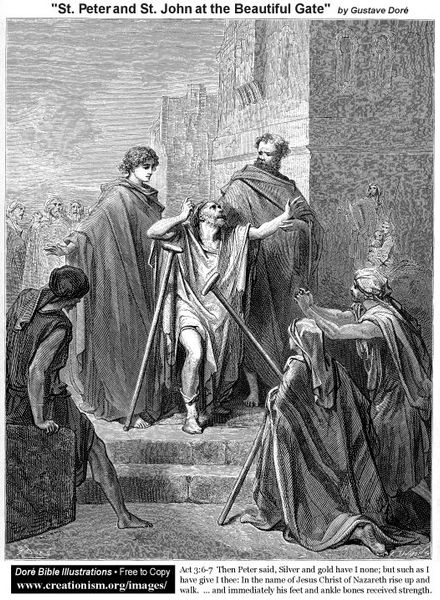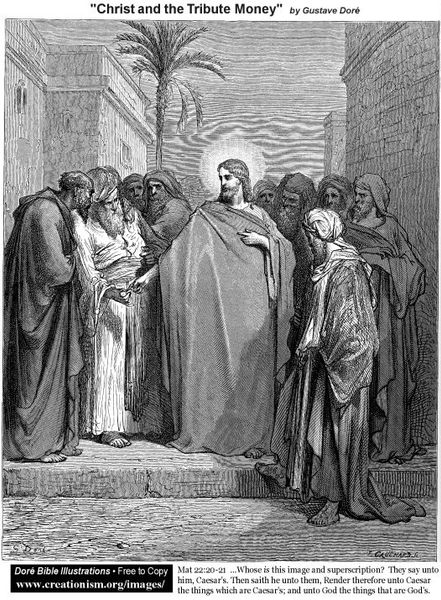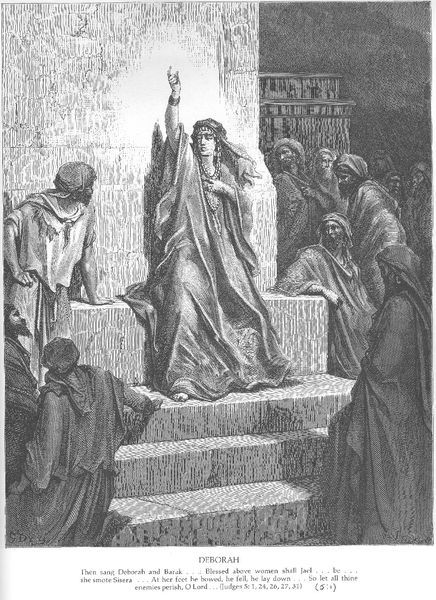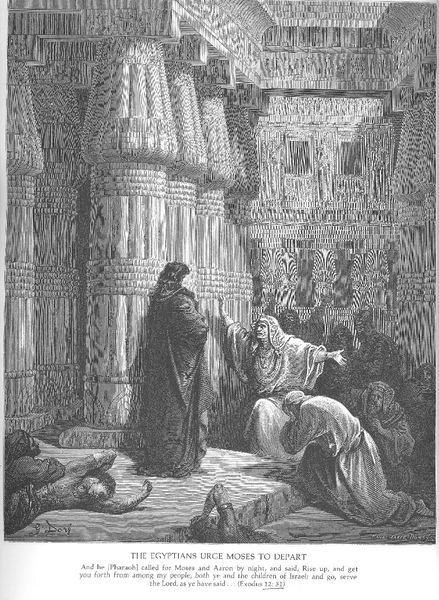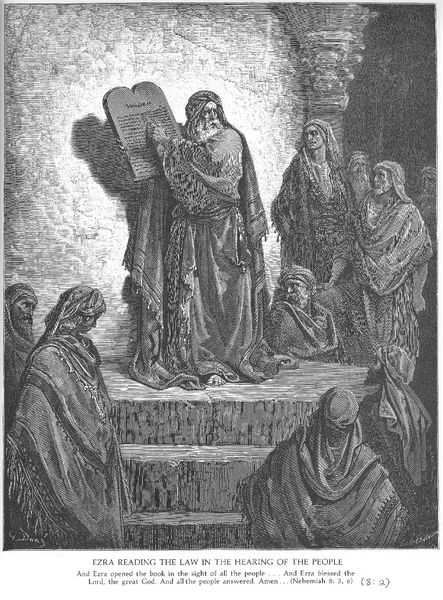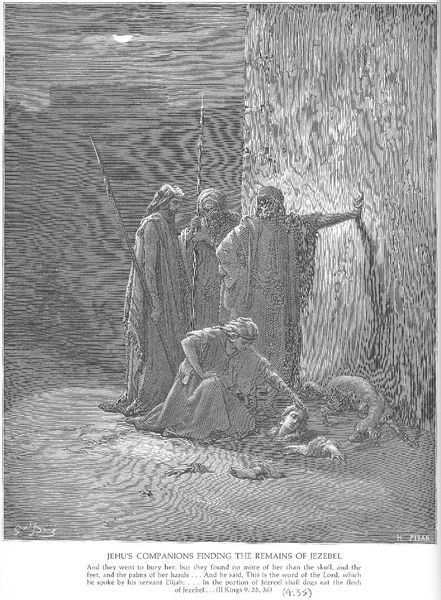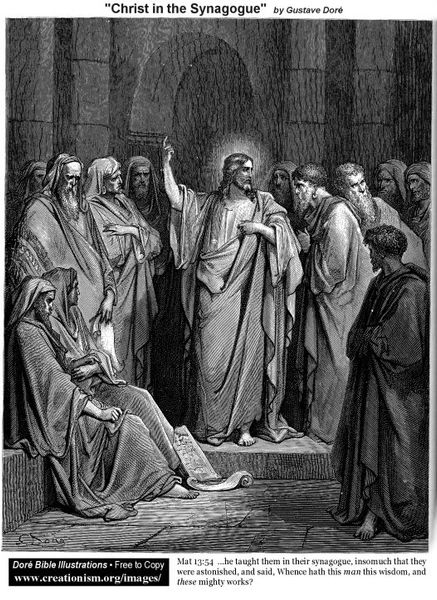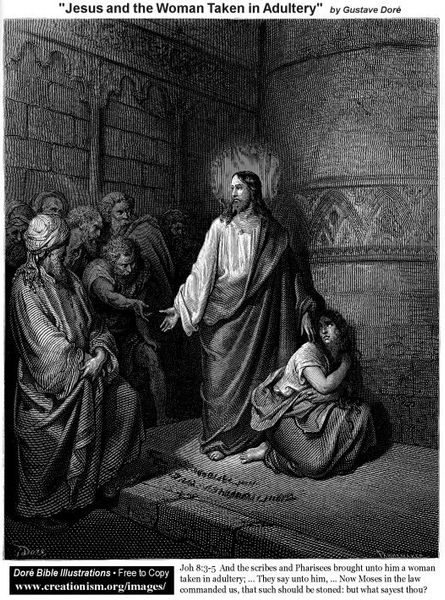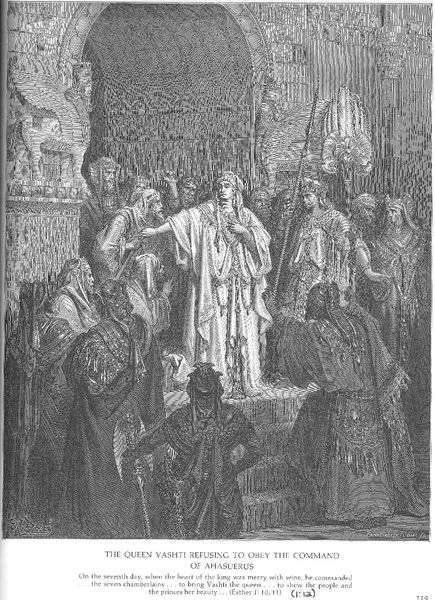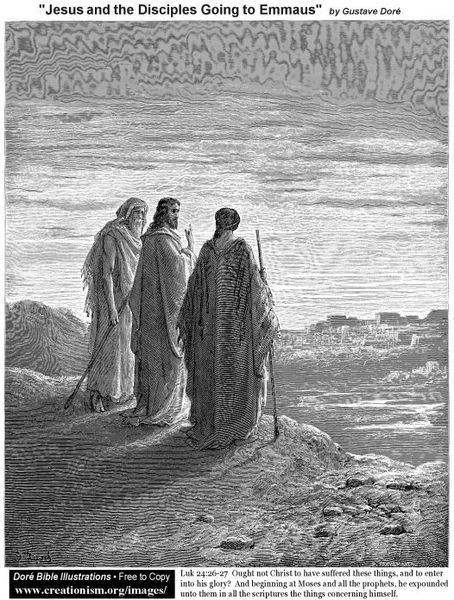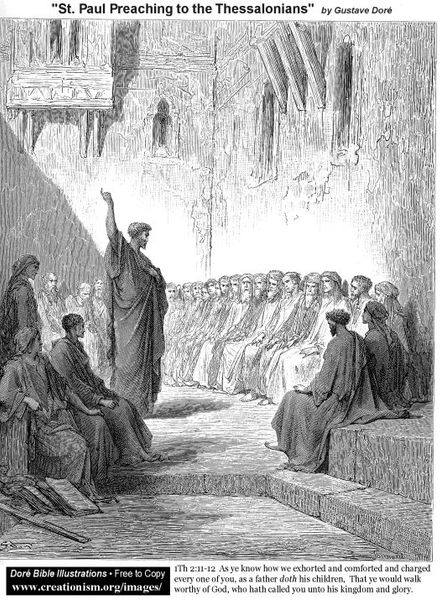
drawing, engraving
#
portrait
#
drawing
#
holy-places
#
christianity
#
history-painting
#
engraving
#
christ
Copyright: Public domain
Curator: Gustave Doré's engraving, titled "The Widow's Mite," certainly possesses a somber, weighty atmosphere from the start. Editor: Absolutely. The stark contrast between light and shadow emphasizes a feeling of solemnity and destitution. The way Doré uses line—particularly in the architecture—it creates a scene that's almost claustrophobic, even though it’s an open space. Curator: Doré consistently explored themes of social justice and piety through his art. Here, the piece visually narrates the biblical story from the Gospel of Mark, depicting a poor widow donating two small coins, a "mite," to the temple treasury. Jesus points her out to his disciples as having given more than all the others, because it was all she had. Editor: Observe the careful construction of space. Doré leads our eye from the darkness enveloping the widow to the figures surrounding Jesus. Their placement highlights the relationship of observance of her sacrifice to that which it is offered. The artist used shadow to guide the reading. Curator: Right, and understanding the narrative is key here. Doré is highlighting a fundamental tension. This image asks viewers to consider the worth of generosity rooted in structural inequalities. What does charity mean in a context of systemic injustice, where one's survival is based on their charitable capacity? It suggests the widow’s sacrifice stems from faith amidst economic vulnerability, prompting us to think about socioeconomic and gendered vulnerability. Editor: Interesting. Yet the figure of Christ stands serenely observing. Note how Dore positions the key figures and structures in the frame—this gives great visual power and authority to the place from which Christ proclaims her dedication. What stands out about his depiction, for me, is the clarity and simplicity. Curator: I can appreciate your observations on form and construction. Ultimately, it is Dore’s attempt to prompt reflection on material conditions, faith, and ethical obligations, inviting discourse around charity, precarity, and collective responsibility. Editor: It’s certainly an image that remains striking due to the force and the power within Dore's visual language.
Comments
No comments
Be the first to comment and join the conversation on the ultimate creative platform.
